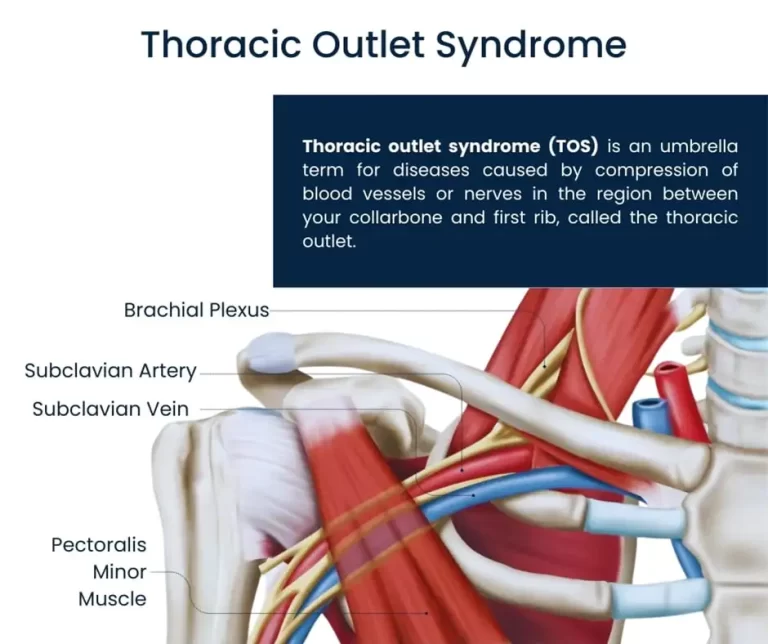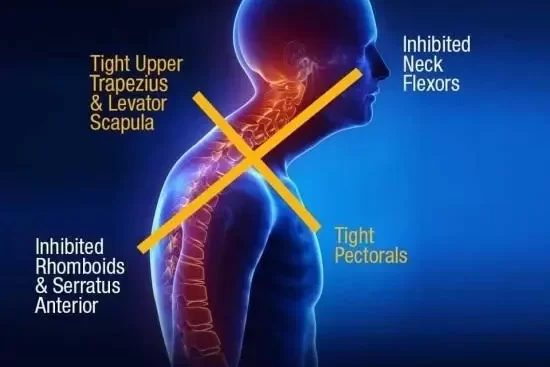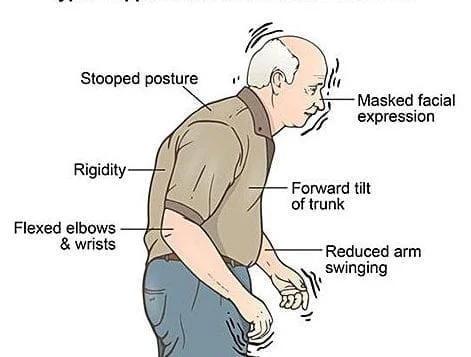Lumbar Spine Examination
The lumbar spine examination is a structured assessment used to evaluate lower back function, mobility, strength, and potential sources of pain. It typically includes observation, palpation, range of motion testing, neurological assessment, and special tests to identify conditions such as disc herniation, spinal stenosis, or muscle imbalances. A thorough examination helps guide diagnosis and treatment…










